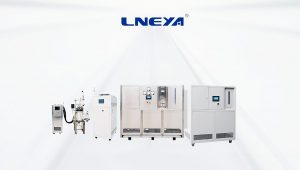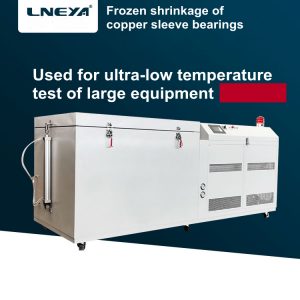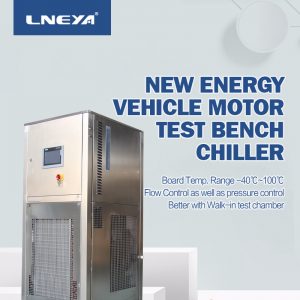The Method That Small Water Cooled Chiller Needs To Follow When Charging Refrigerant
In our life, we believe that everyone is very familiar with refrigeration. In the central air conditioning and industrial production process cooling industry, small water cooled chiller is more common. This unit is composed of a compressor in the fuselage, a horizontal shell and tube condenser, an evaporator, a thermal expansion valve, and some related parts. Under the cooperation of these auxiliary parts, the overall small water cooled chiller is compact in structure, convenient in operation and control, and is popular among the public in the market.
For refrigeration systems that do not have a high pressure reservoir and a low pressure vapor-liquid separator, the control of refrigerant charge is particularly important. Because the refrigeration system is a condenser and also acts as a high-pressure reservoir, the refrigerant is stored in the condenser, and the condenser is cooled. The heat dissipation area is reduced and the condensing pressure is increased, resulting in a decrease in cooling capacity.
For the control of the refrigerant charge of such small water cooled chillers, the following methods are followed during the filling process:
First, touch the temperature of the condenser casing.
The upper outlet of the condenser outlet is heated above the outlet, and the outlet below the outlet is cool. (There is a description of the high temperature exhaust of the compressor in the inside. The cooling indicates that the small water-cooled chiller is a liquid space.)
Second, look at the inspiratory pressure.
Corresponding to the temperature of the refrigerant water in the evaporator. (That is, corresponding to the evaporation temperature.)
Third, look at the compressor return pipe temperature.
The high-temperature unit return pipe should be cooled and dew, but it can be dew condensation to the compressor return valve; the low-temperature unit return pipe should be frosted, but the frost can be connected to the compressor return valve. If condensation or frost builds up on the compressor casing, liquid refrigerant will enter the crankcase, causing the compressor to run back and cause liquid problem.
Related recommendations
-
Selection Method of Water Cooled Chiller or Air Cooled Chiller
988Nowadays, the application of industrial water chiller has involved various industries, including petrochemical industry, plastic industry, electronic industry, vacuum coating and so on. However, when purchasing industrial water chillers, many ente...
View details -
Which processes of ultrafine material enterprises require cooling water chillers?
874Ultrafine material enterprises often require precise temperature control during the production process to ensure the quality of the product and the stability of the production process. Water chillers play a key role in multiple processes o...
View details -
What model of industrial refrigerator is used for freezing workpieces?
978What is a workpiece freezer-industrial cold-shrink assembly technology-extended life, metal cold treatment is to put a metal or alloy workpiece in a certain medium and heat it to a suitable temperature, and keep it in this temperature for a certai...
View details -
What do you need to consider for a car battery cooling water cycle heat exchanger?
938The car battery cooling water circulation machine has always been one of the most popular equipments. The design of the heat exchanger piping also needs to be designed. What aspects should be considered? There are many types of heat exchange equip...
View details
 LNEYA Industrial Chillers Manufacturer Supplier
LNEYA Industrial Chillers Manufacturer Supplier













